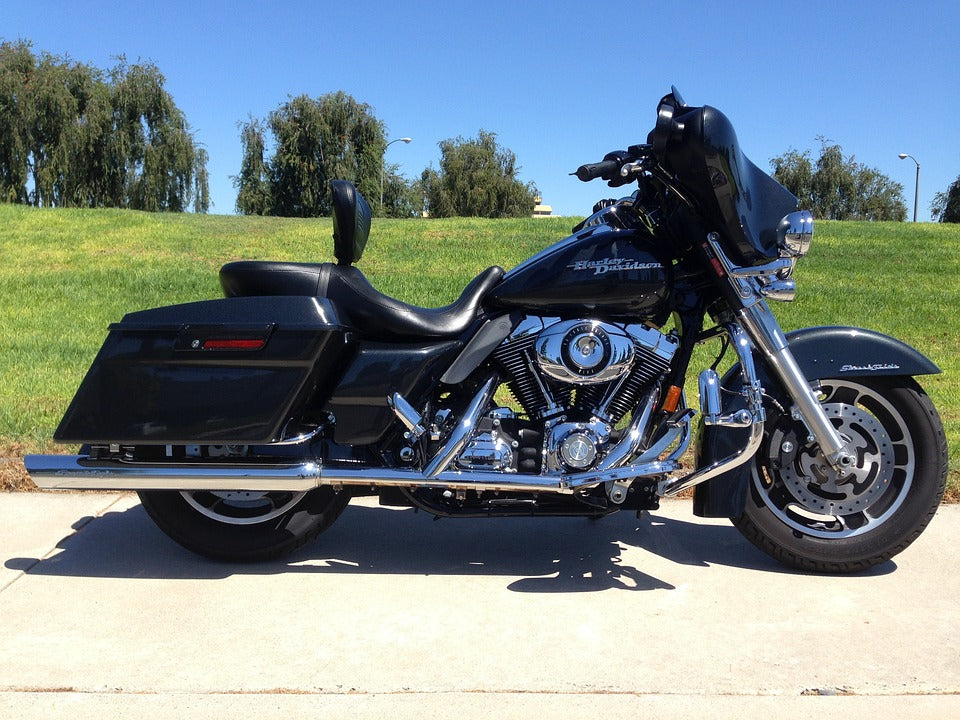The cooling system of a motorcycle is a crucial component in ensuring that the engine maintains the appropriate temperature during operation. Motorcycles employ three primary cooling methods: oil cooling, water cooling, and air cooling. So, how can you quickly identify a motorcycle's cooling method? Let's delve into the secrets of these cooling techniques and share some methods for swift identification.

First, let's understand the basic principles and characteristics of different cooling methods.
Oil Cooling: Oil cooling involves reducing engine temperature by circulating cooling oil within the engine. In oil-cooled motorcycles, the cooling oil inside the engine carries away heat through a circulation system and dissipates it through a radiator. Oil cooling typically uses heat fins and pipes for heat dissipation, maintaining the engine within an appropriate temperature range.
Water Cooling: Water cooling is a method that lowers engine temperature by circulating a coolant mixture, typically water and antifreeze. In water-cooled motorcycles, the coolant circulates through a water pump and dissipates heat through a radiator. Water cooling generally offers higher cooling efficiency and better control over the engine temperature, making it suitable for high-power and high-speed motorcycles.
Air Cooling: Air cooling involves naturally cooling the engine by allowing airflow to pass over its surface. In air-cooled motorcycles, the engine's exterior is often designed with heat fins or blades. When the motorcycle is in motion, air passing over these fins comes into contact with the engine's surface and carries away heat. Air cooling is relatively simple, requiring no coolant or radiator, and it is suitable for some lightweight and low-power motorcycles.
Now that we understand the principles and characteristics of different cooling methods, how can you quickly determine a motorcycle's cooling method? Here are some commonly used methods:
-
Observe the Radiator: Water-cooled motorcycles typically have a radiator installed at the front or side, which can be visually identified by the presence of a set of metallic fins or blades used for dissipating heat from the coolant. If you see a prominent radiator on the motorcycle, it is likely water-cooled or oil-cooled. Air-cooled motorcycles, on the other hand, do not require radiators because they rely on natural airflow for cooling.
-
Check for a Coolant Reservoir: Water-cooled motorcycles often come equipped with a coolant reservoir for storing the cooling liquid. You can inspect the front or side of the motorcycle to see if there is a transparent reservoir containing liquid. The presence of a coolant reservoir suggests that the motorcycle is likely water-cooled. Oil-cooled and air-cooled motorcycles typically do not have a coolant reservoir.
-
Note the Cooling Effect: Different cooling methods exhibit varying cooling effects during use. Water-cooled motorcycles can typically maintain a stable temperature during prolonged, high-load operation, while the engines of oil-cooled motorcycles may run hotter, with riders sometimes feeling heat around their legs. Air-cooled motorcycles tend to have effective natural heat dissipation due to their reliance on airflow.

Some motorcycles may use a combination of multiple cooling methods, such as a mix of water cooling and air cooling. Different cooling methods can affect motorcycle performance, cooling efficiency, and maintenance requirements.






Share:
Honda's new motorcycle E-Clutch makes the left lever entirely optional
Is the EJEAS Q8 Motorcycle Intercom the Right Choice for You?